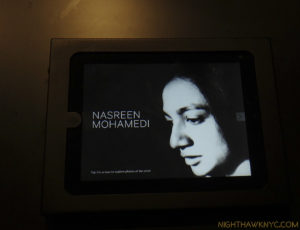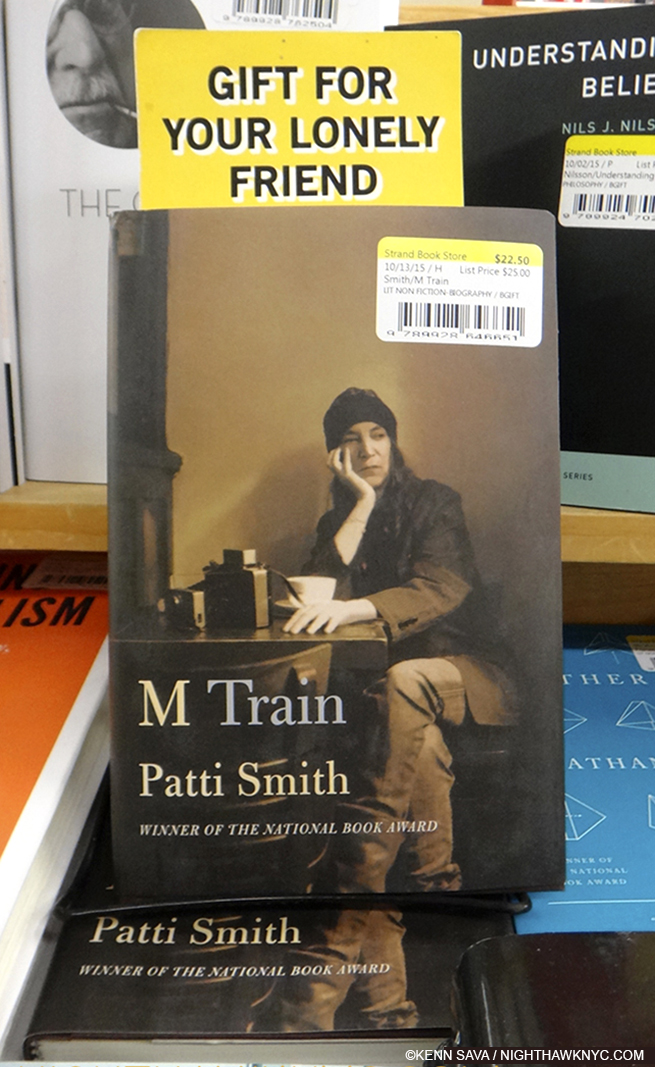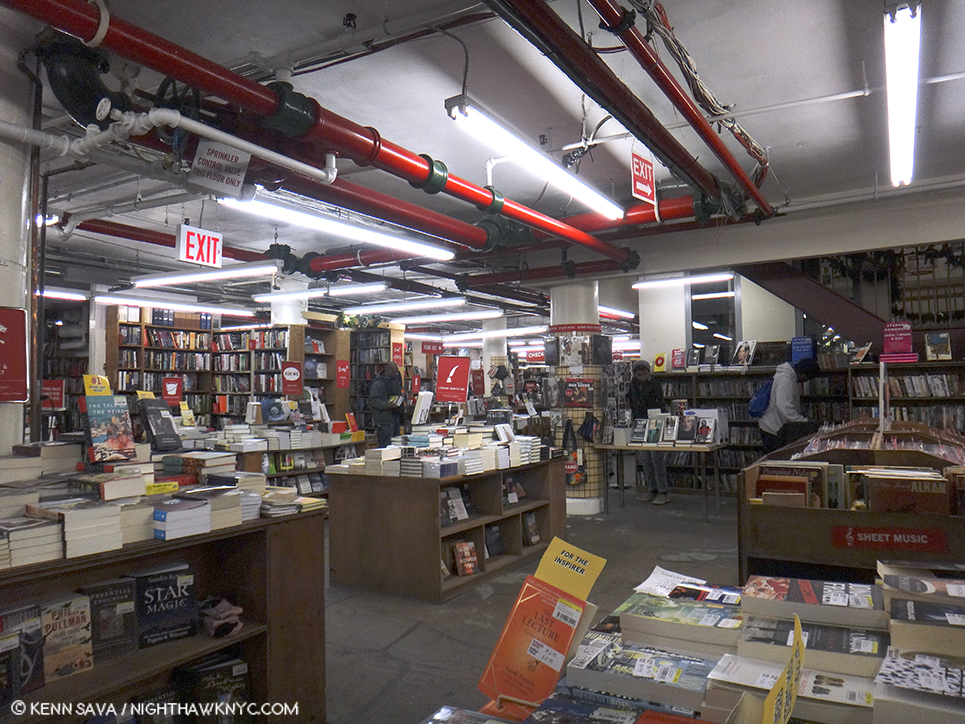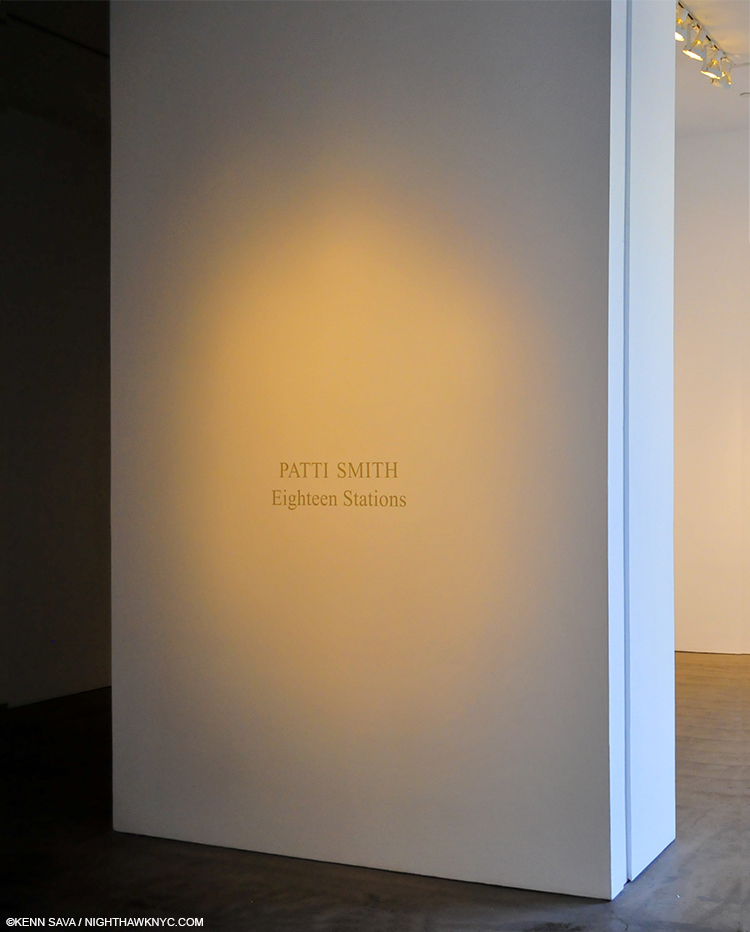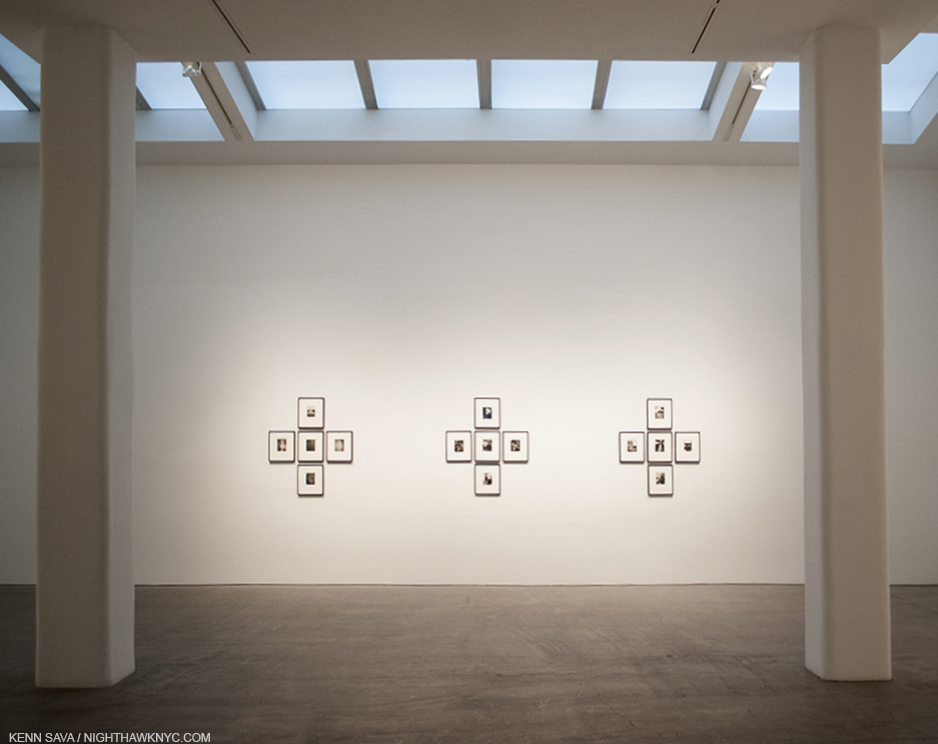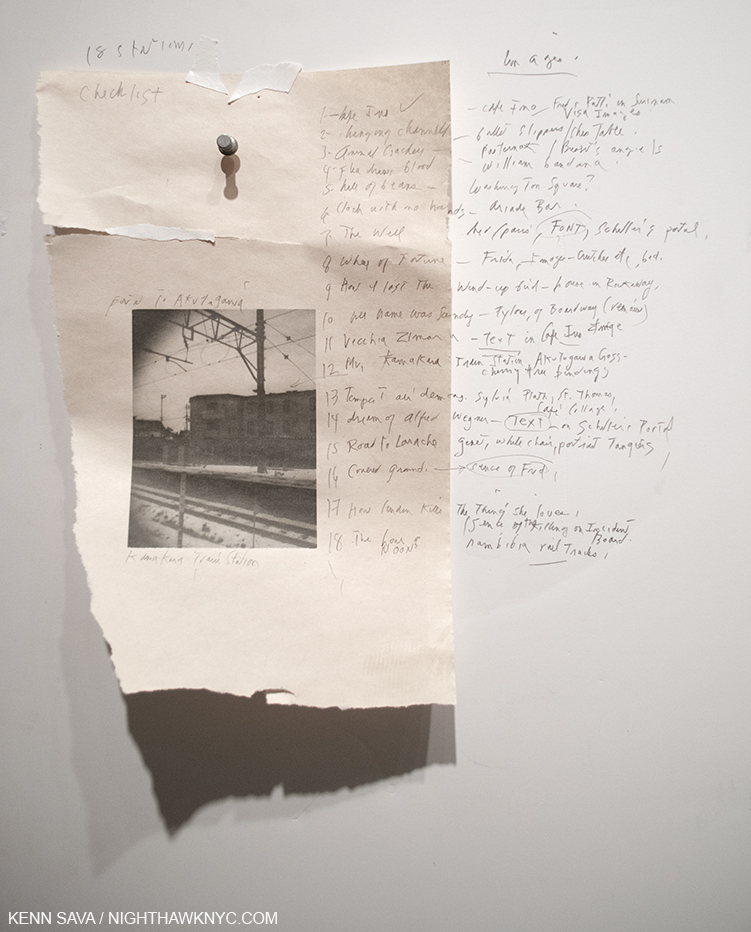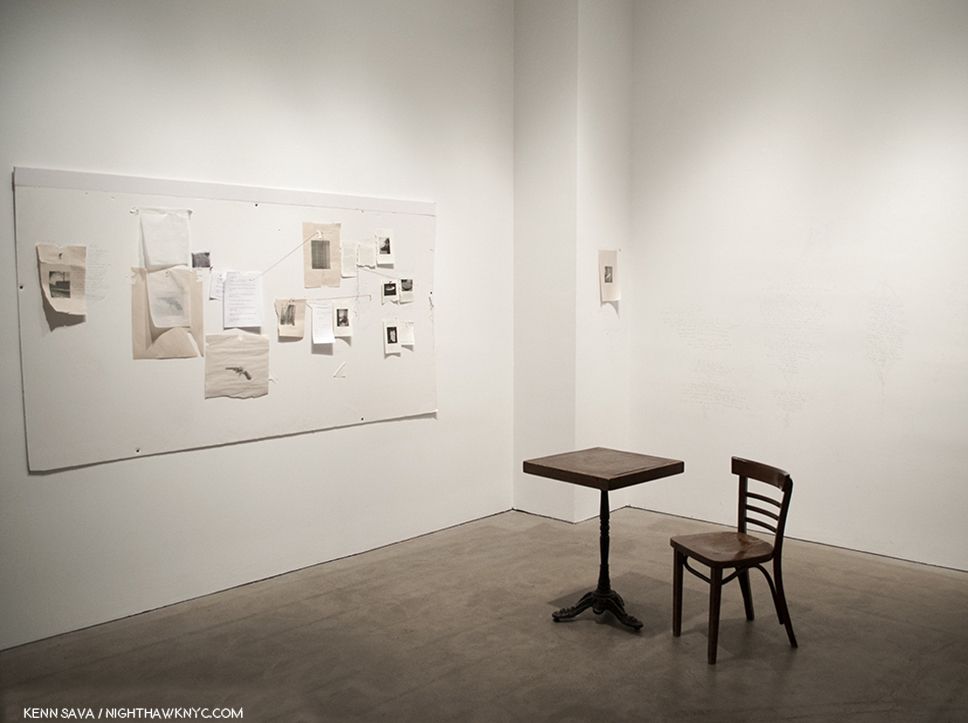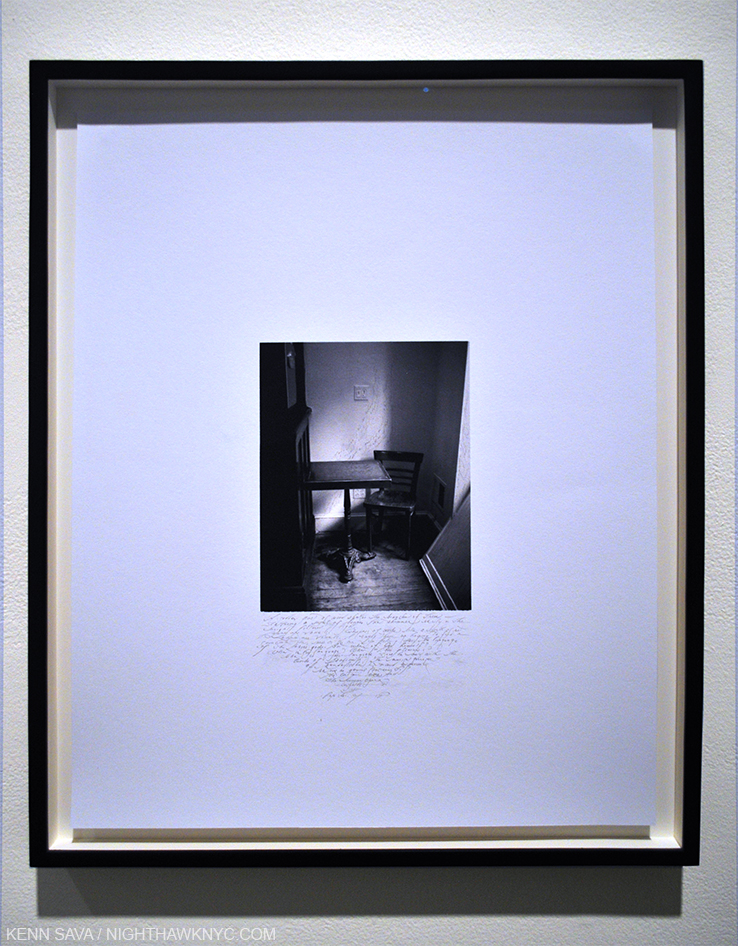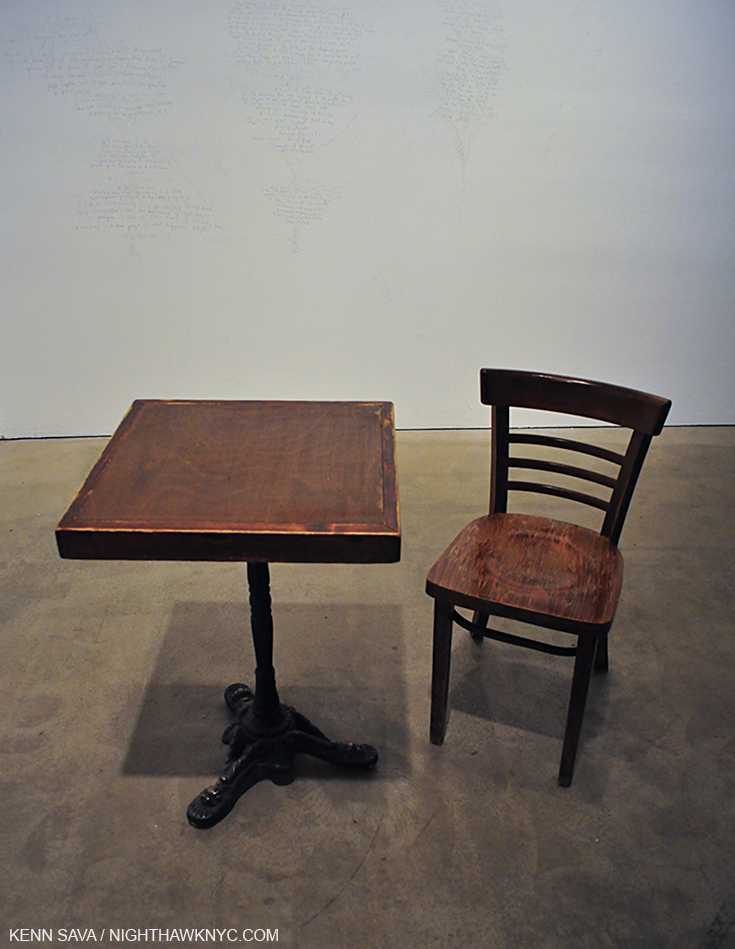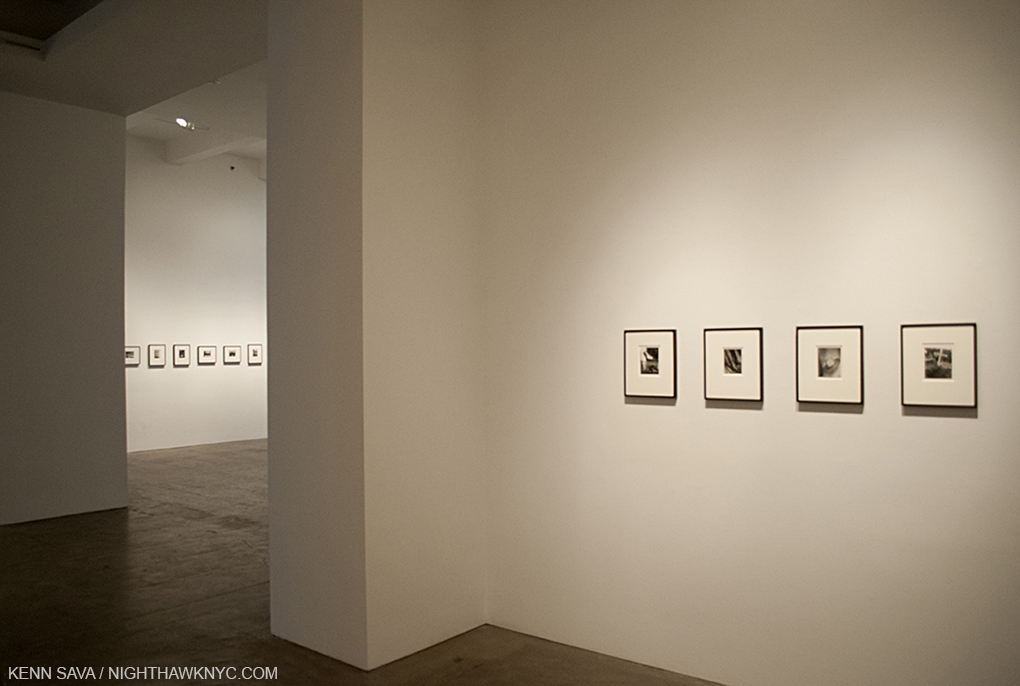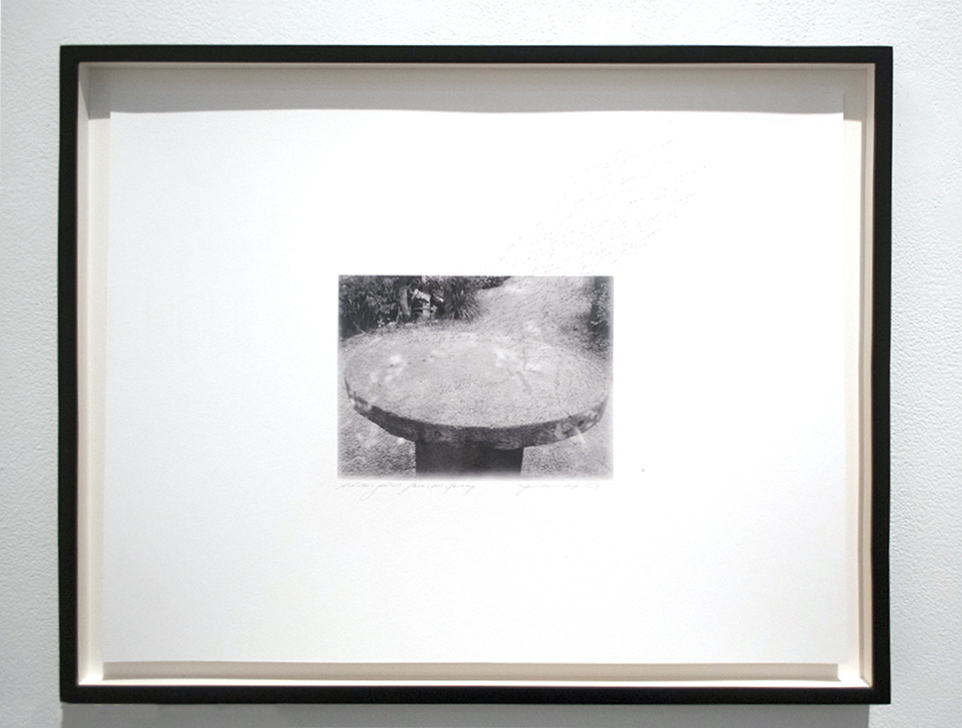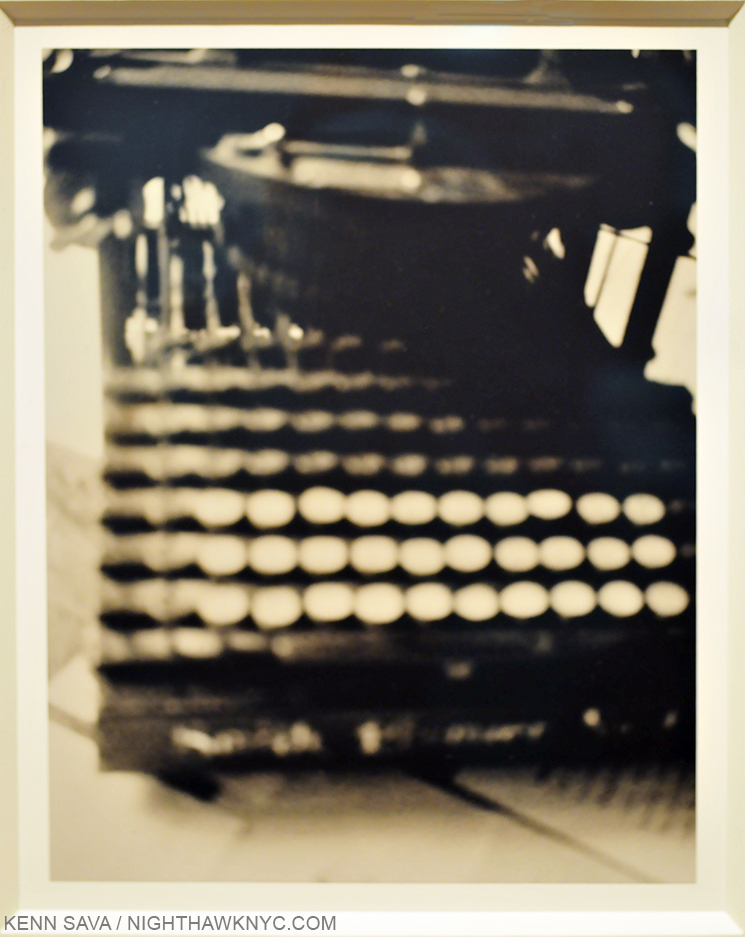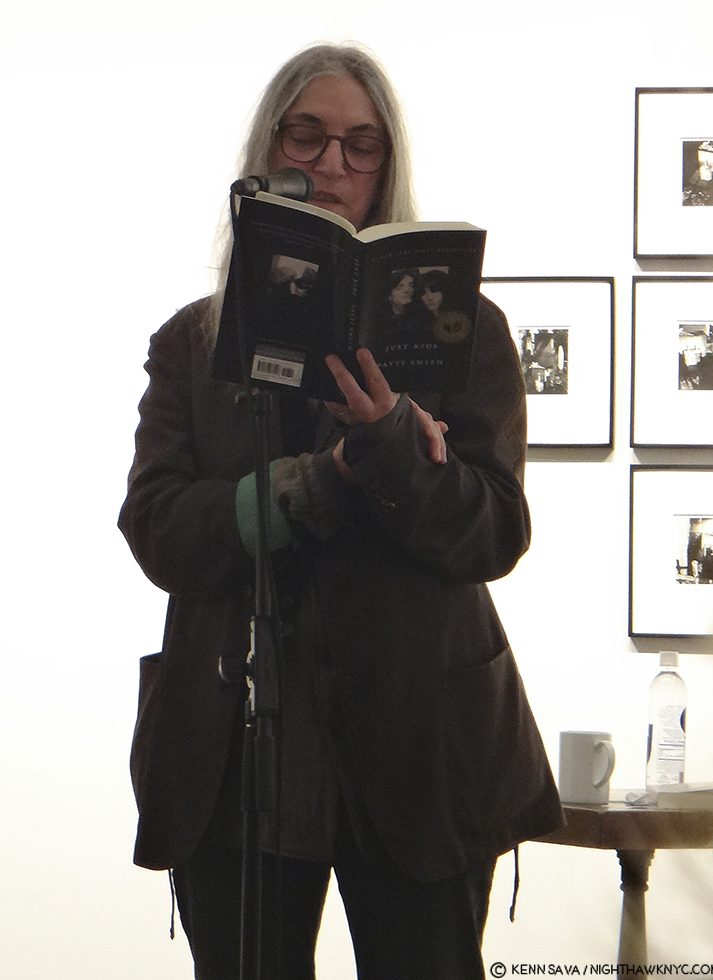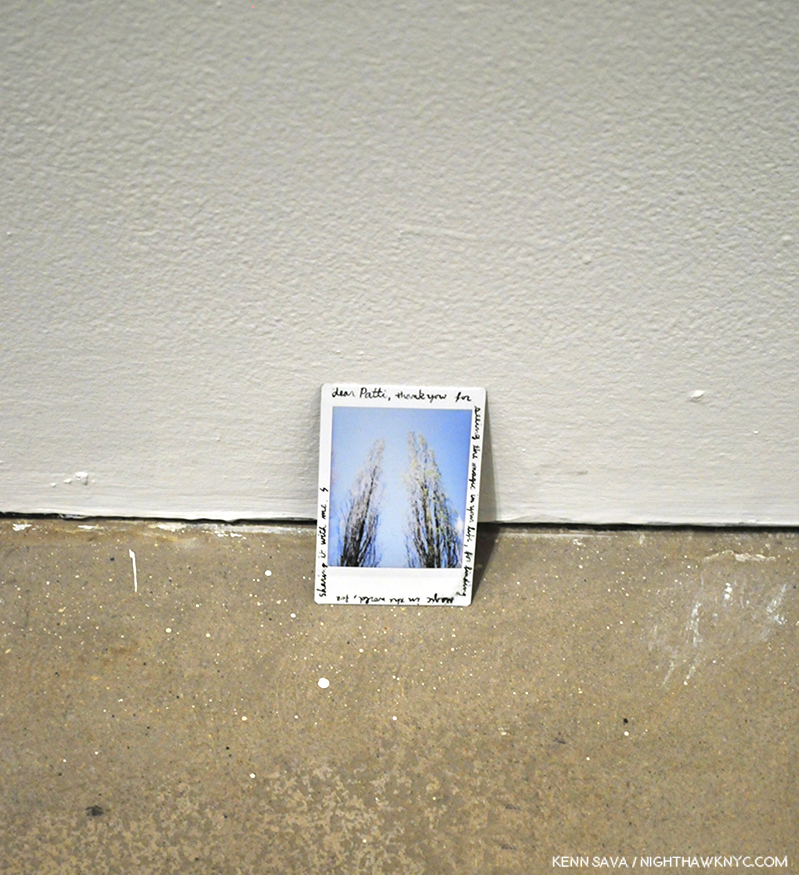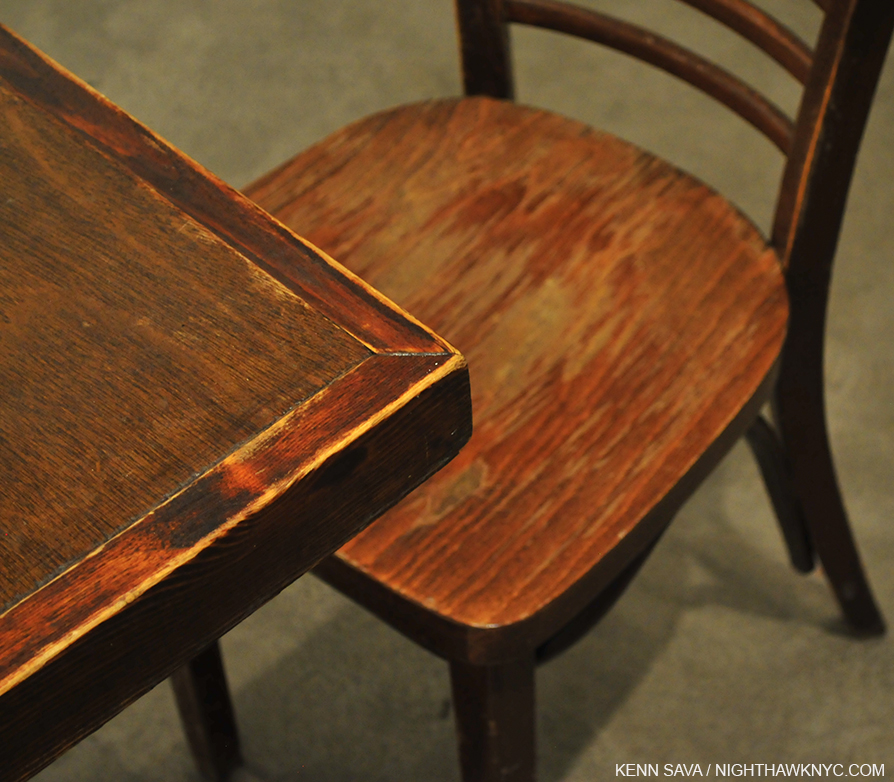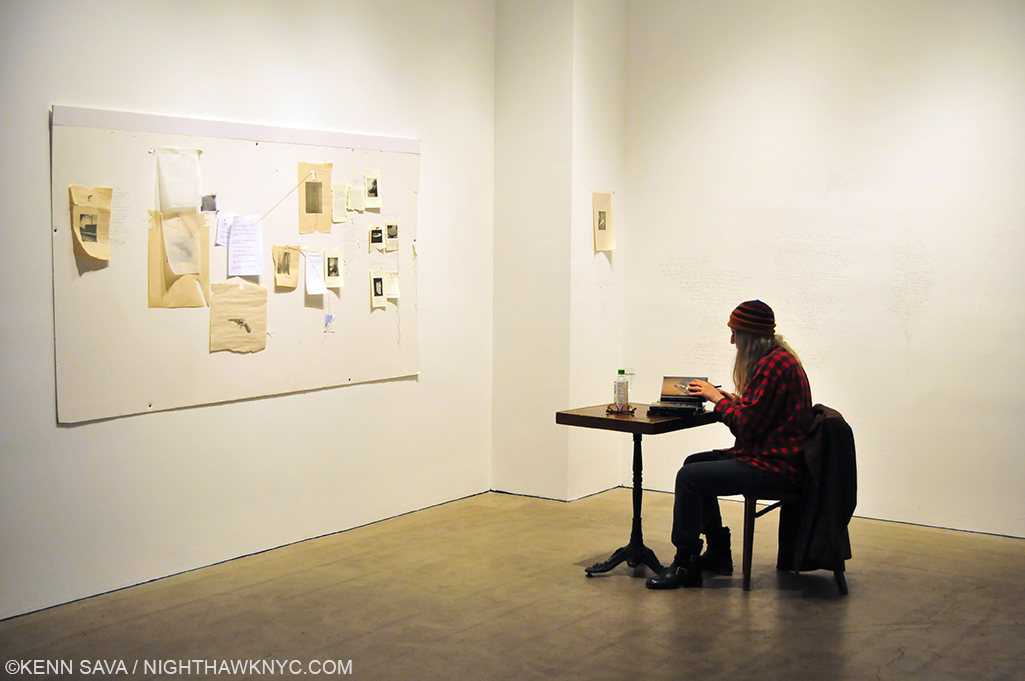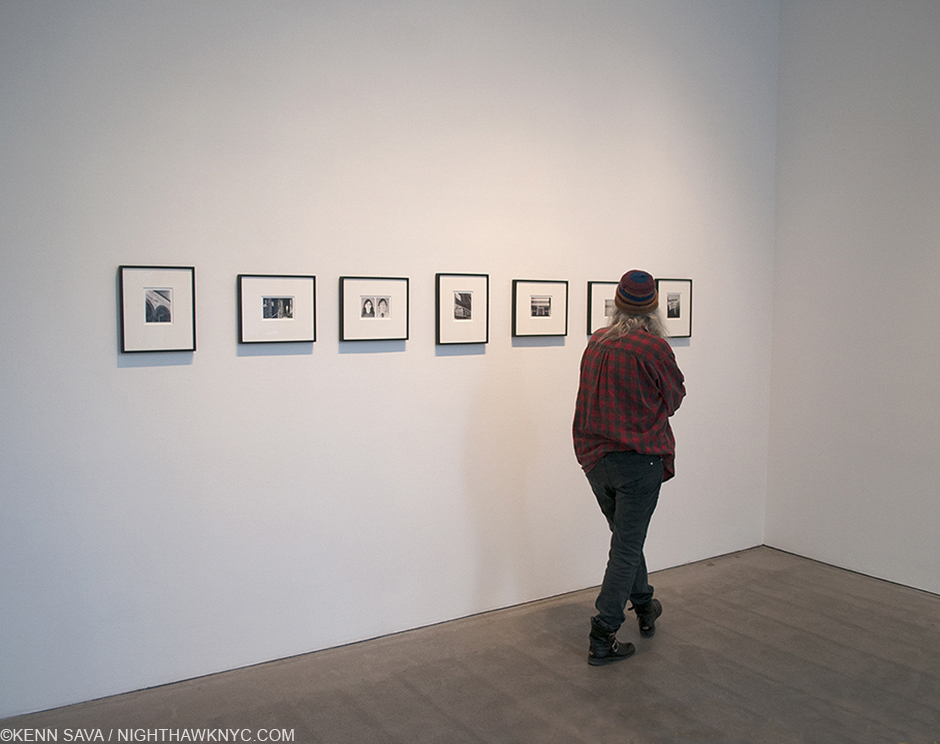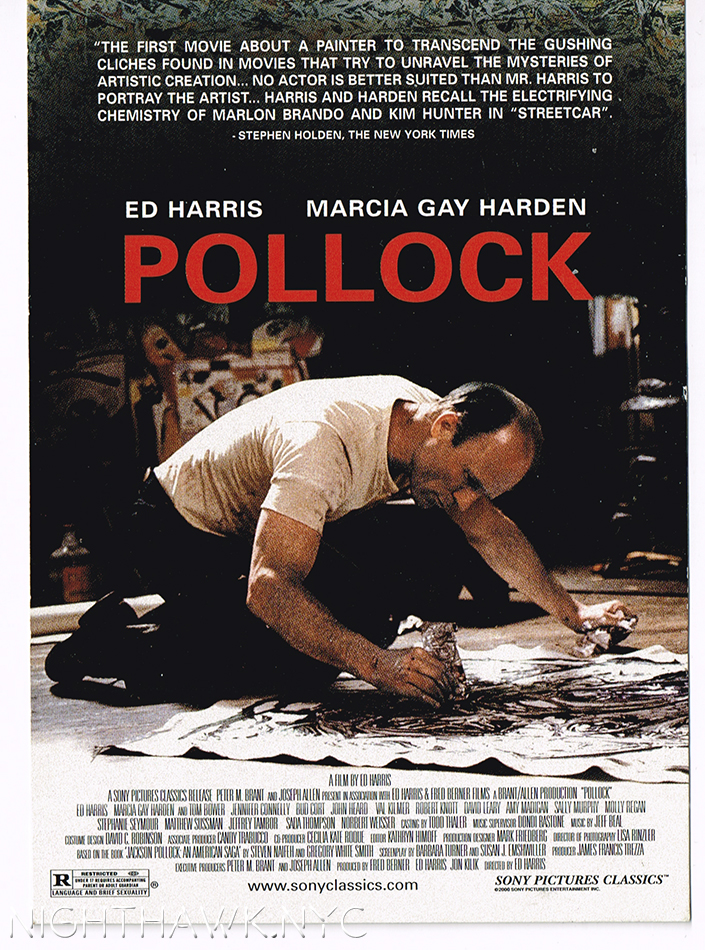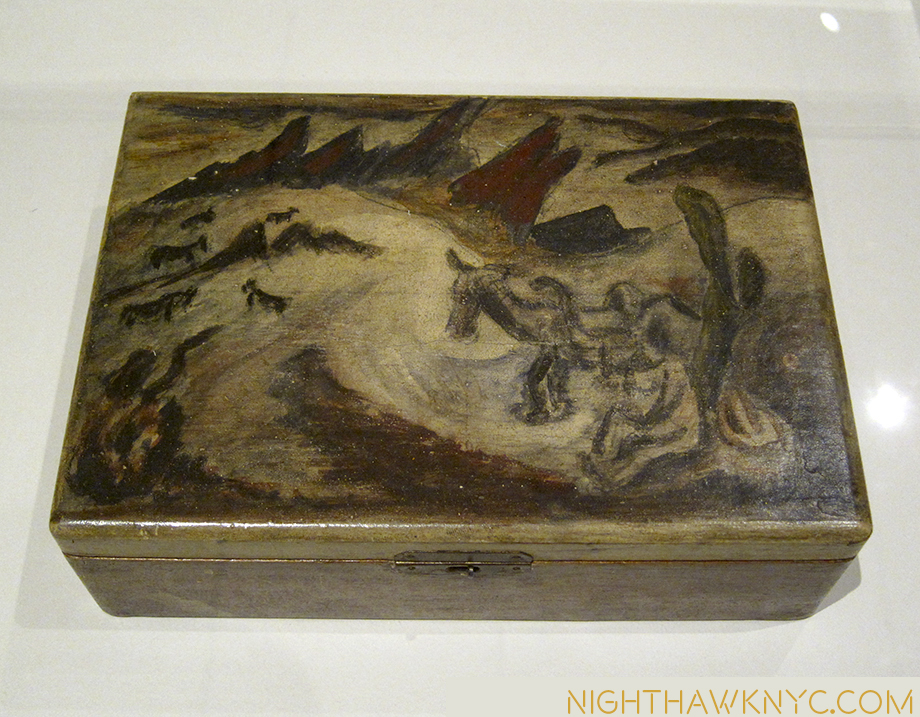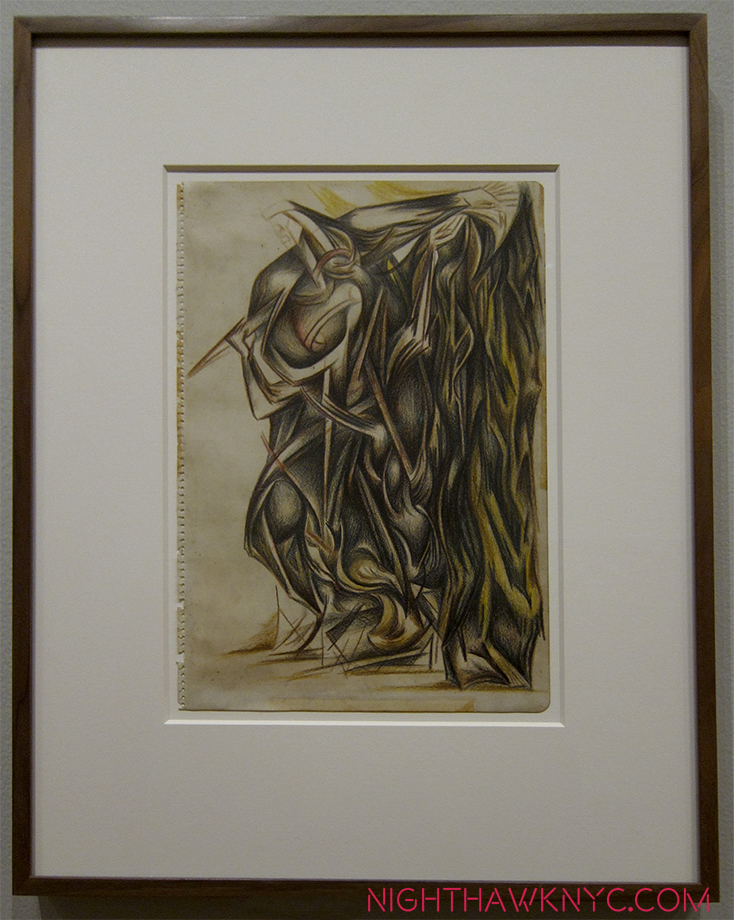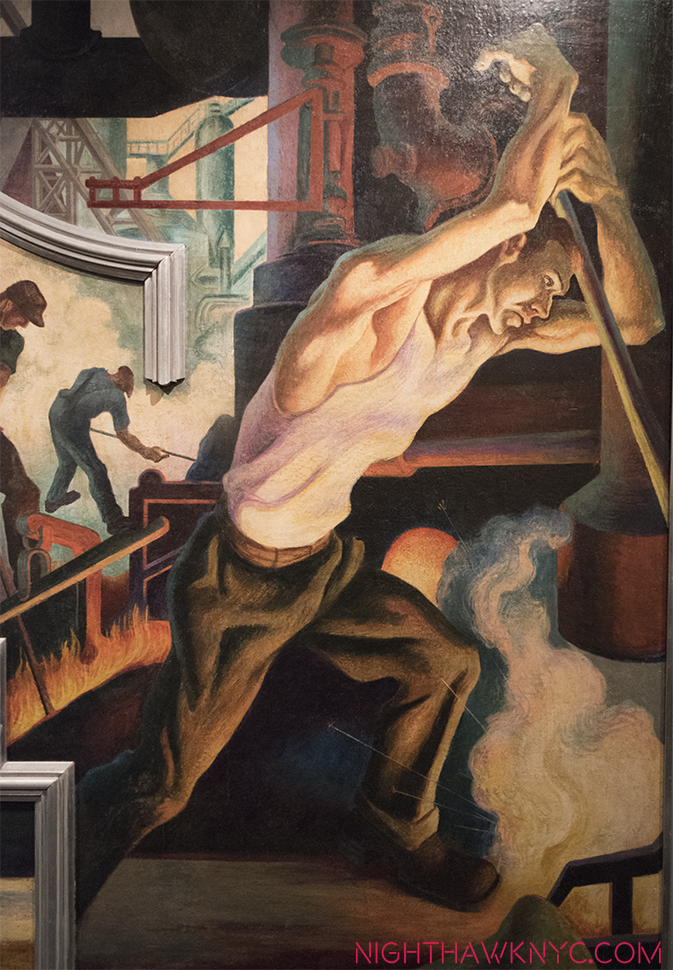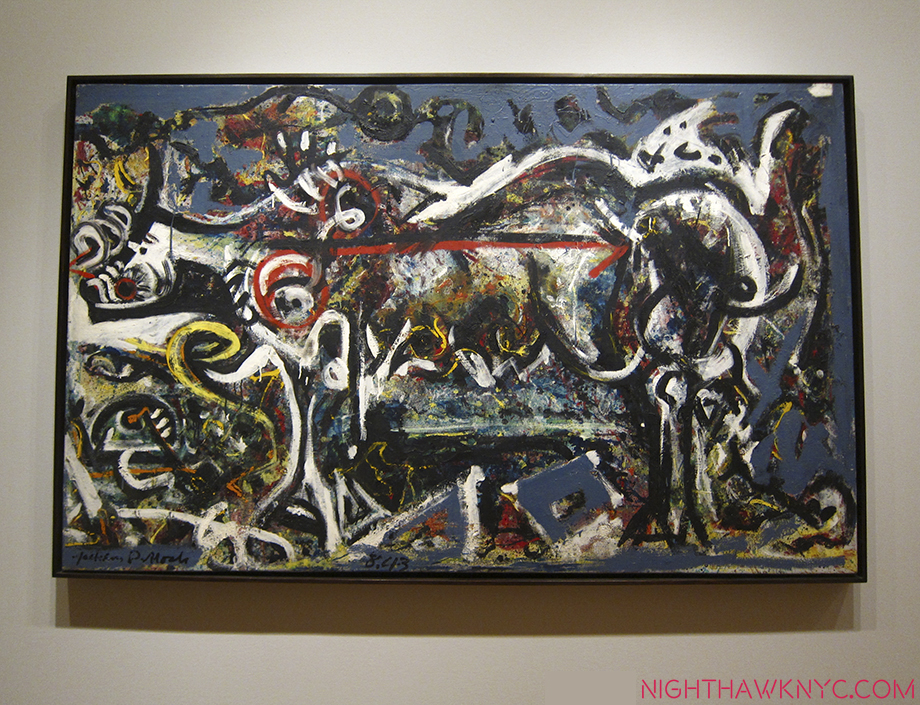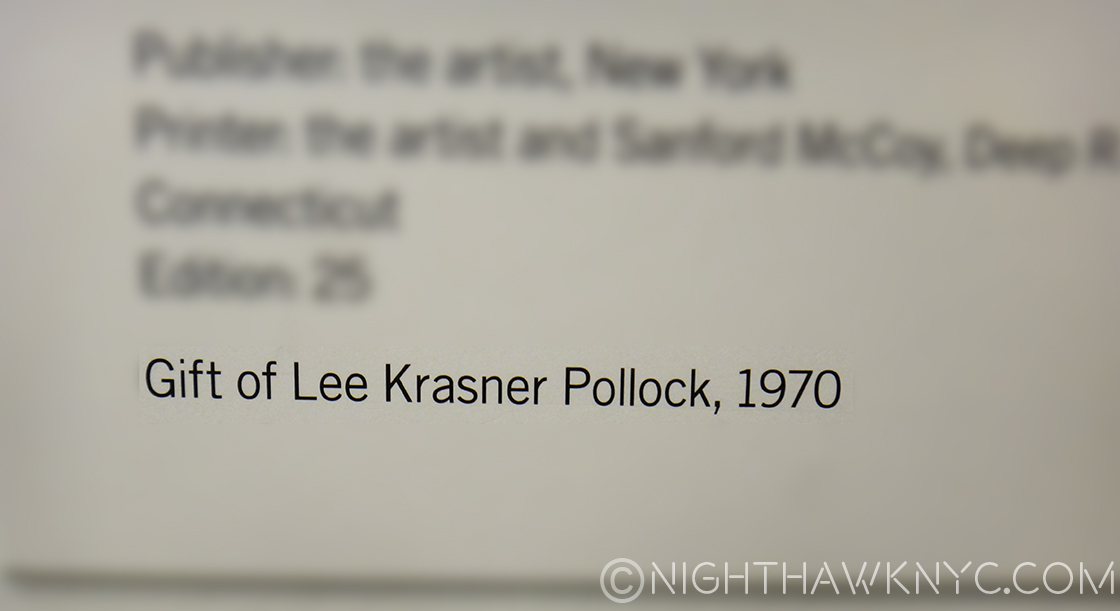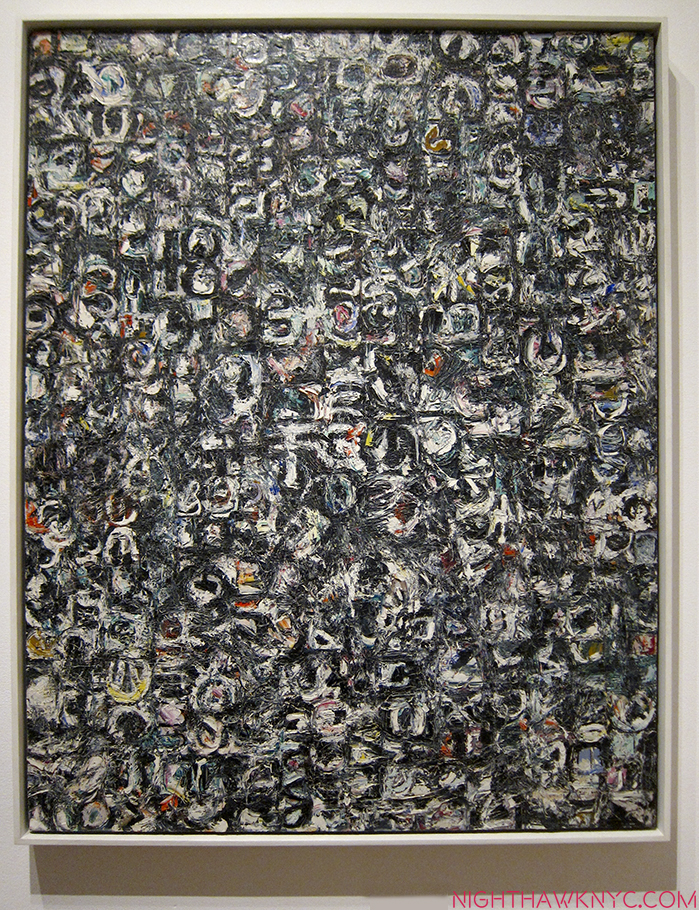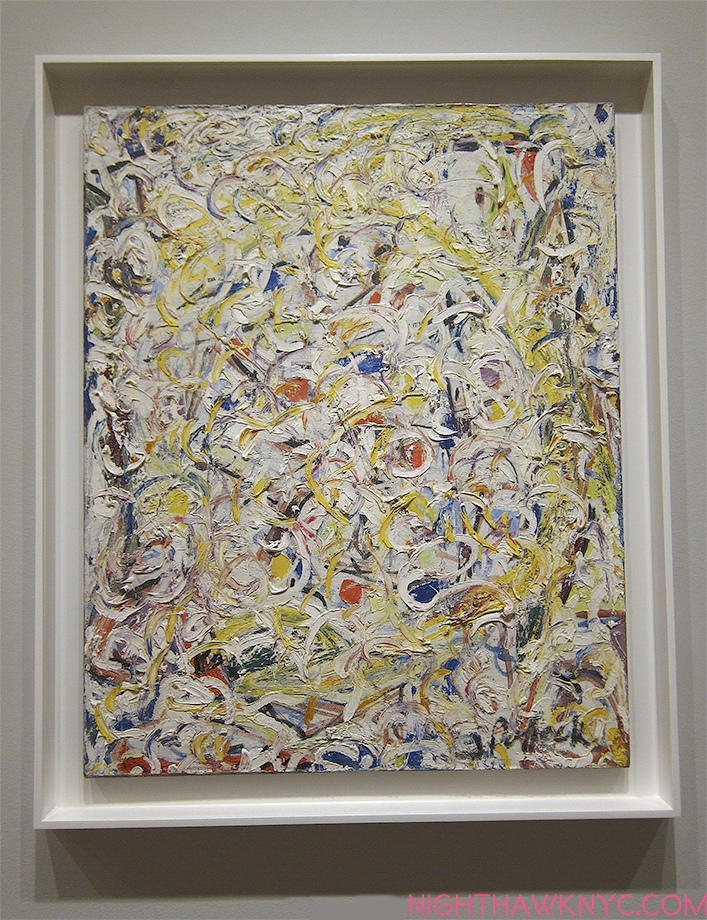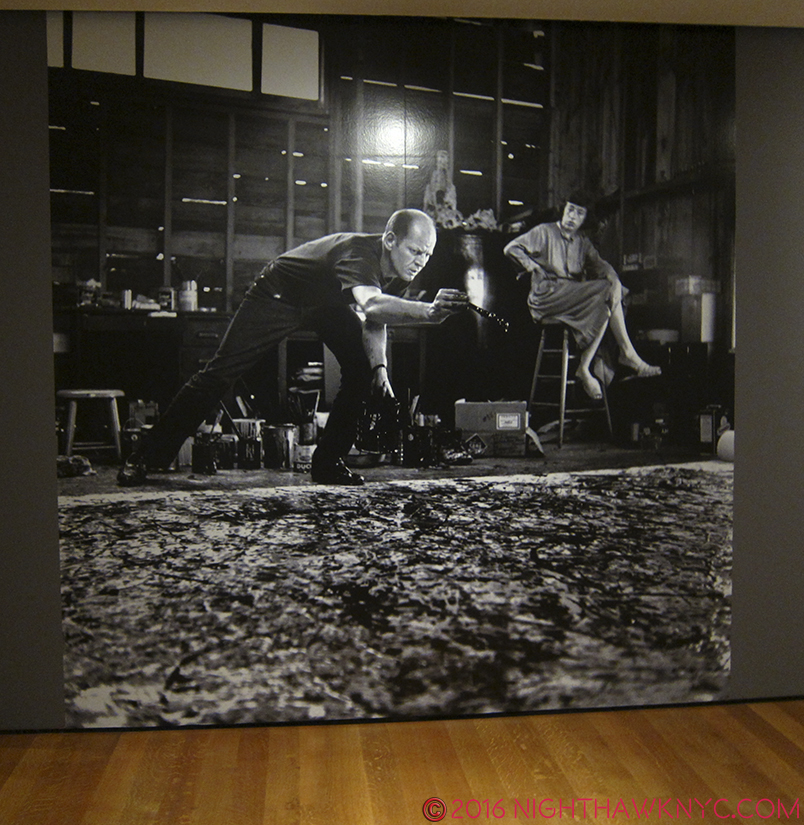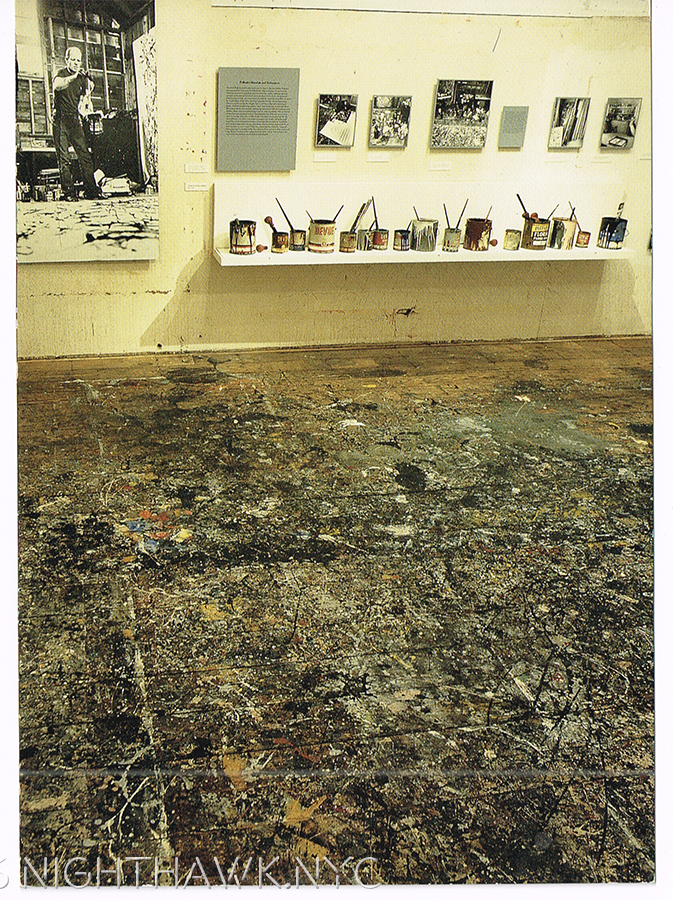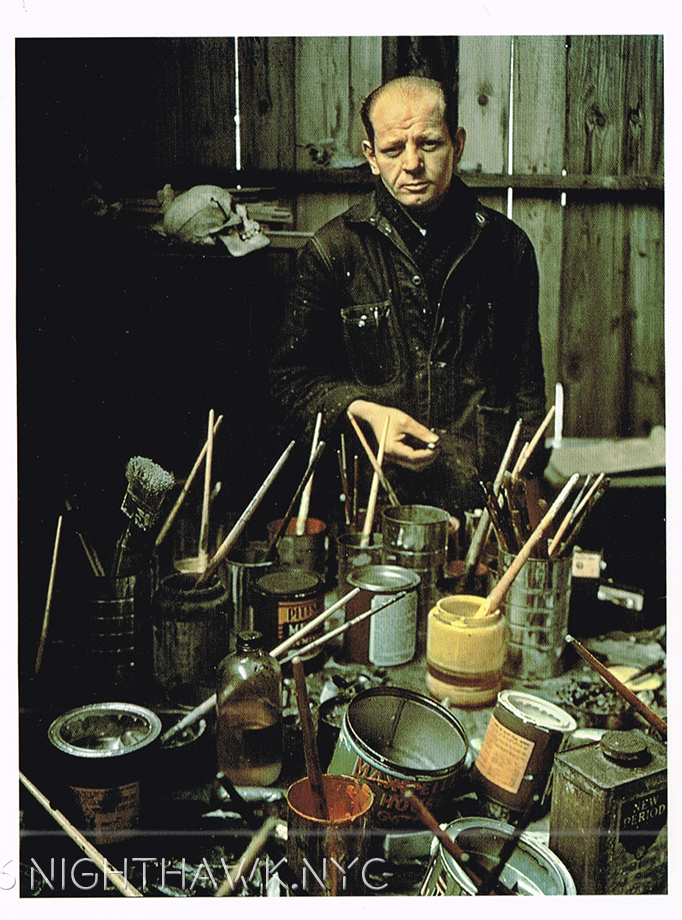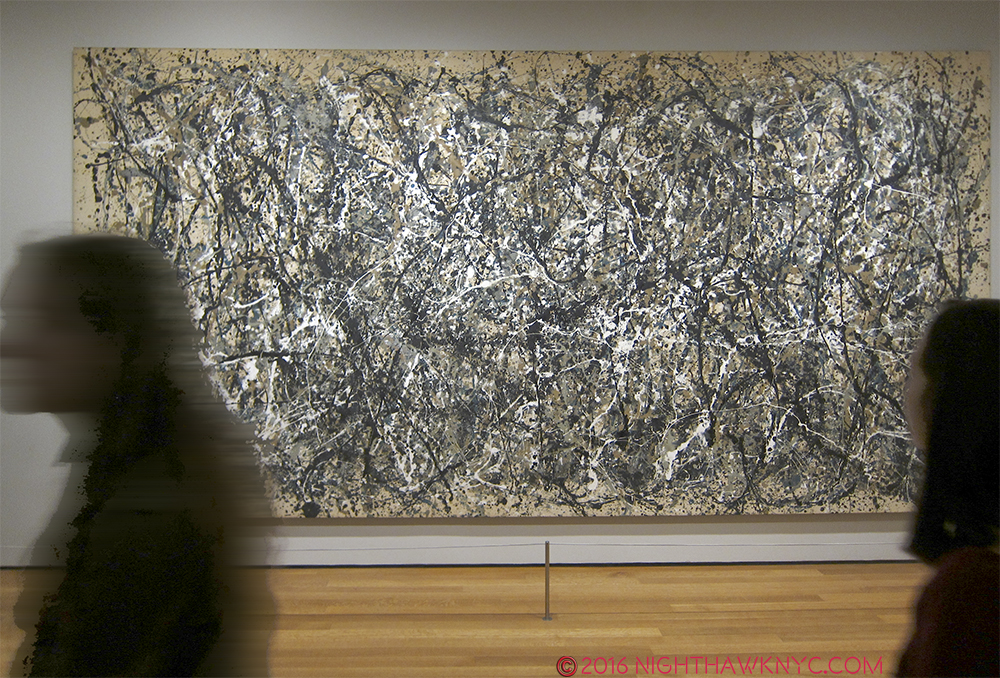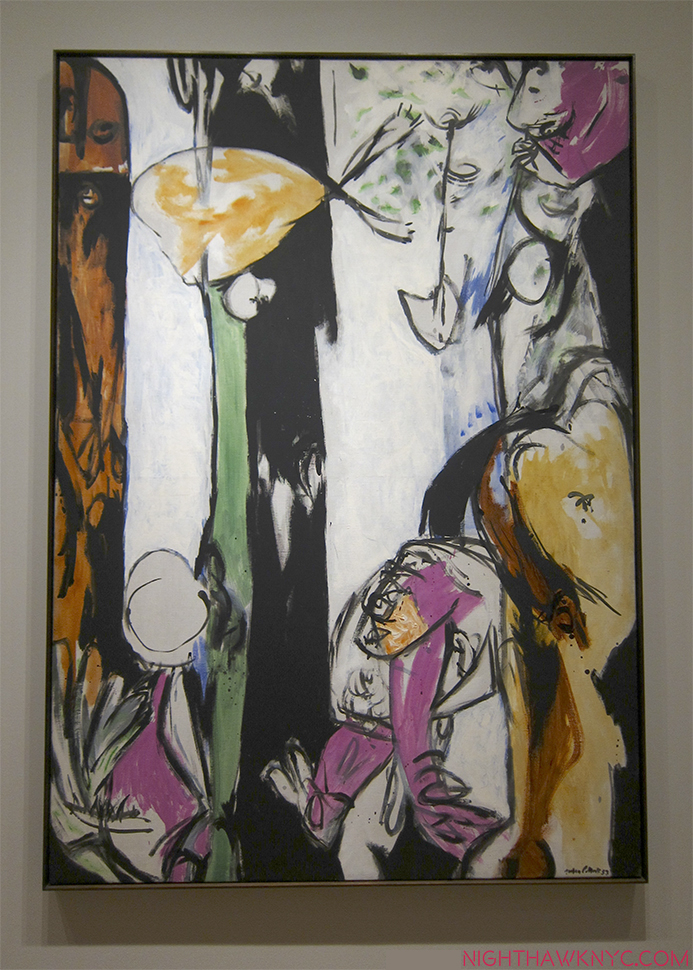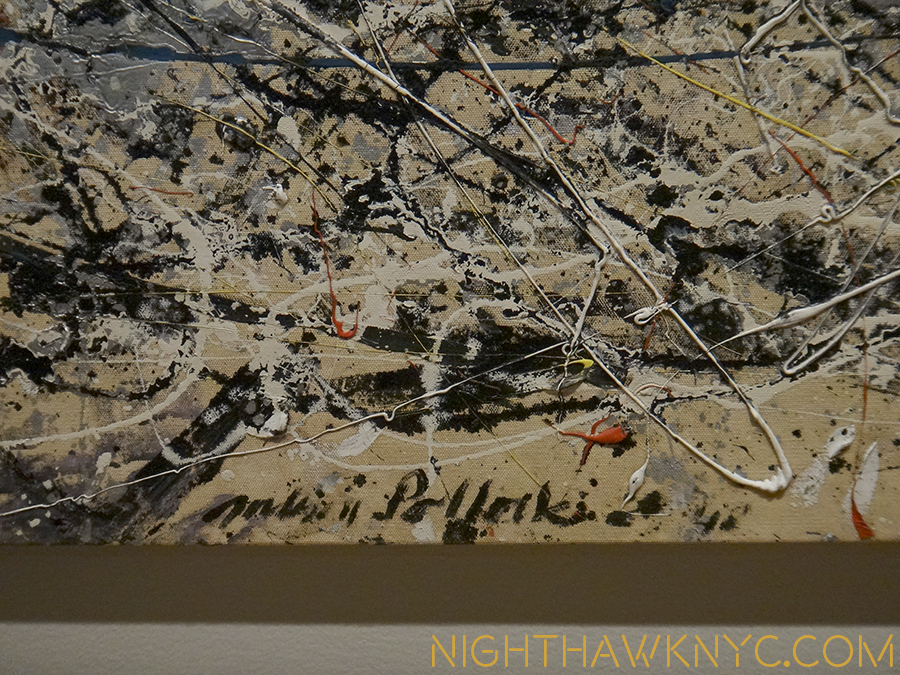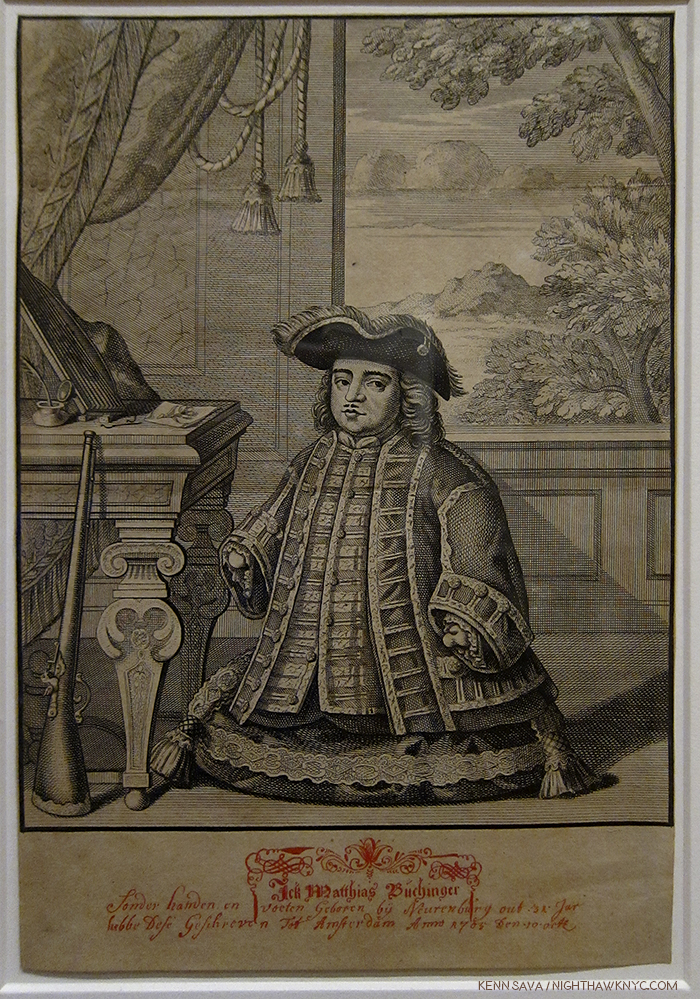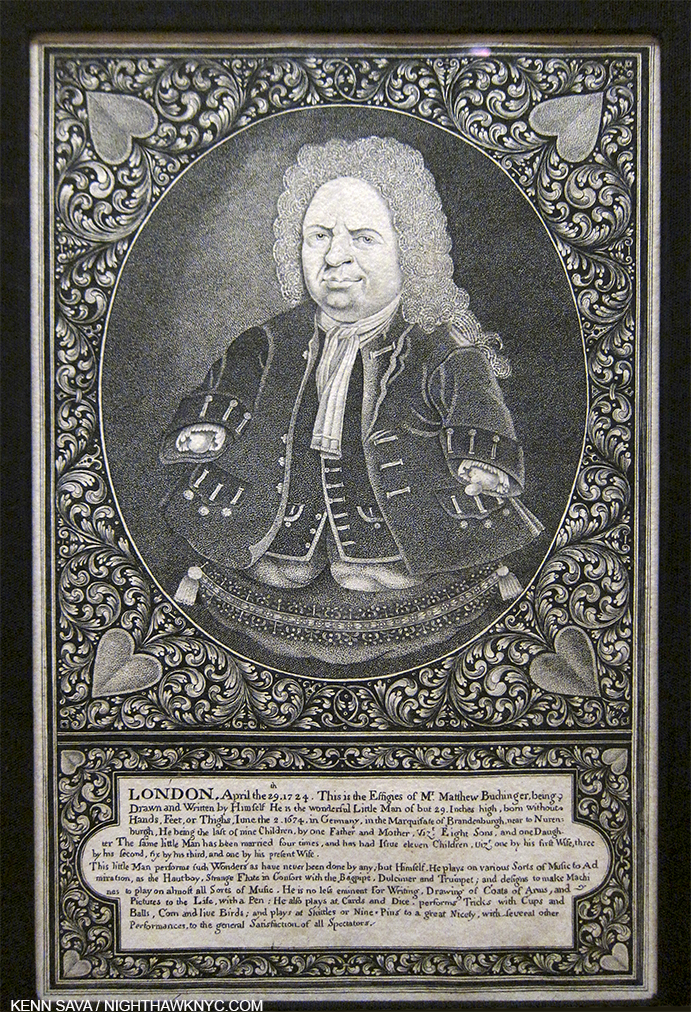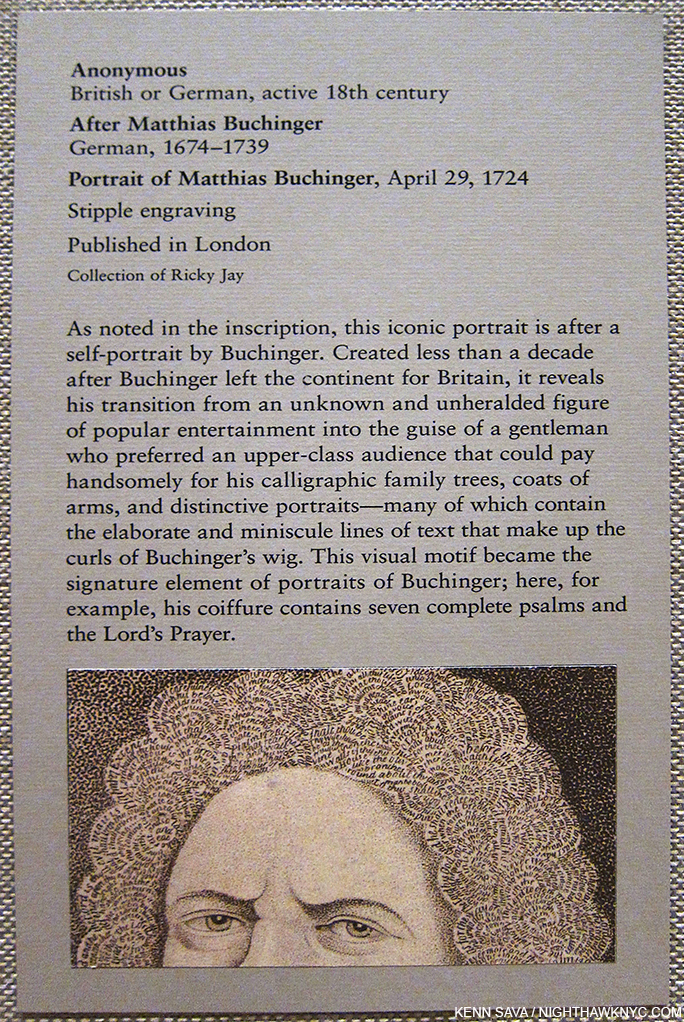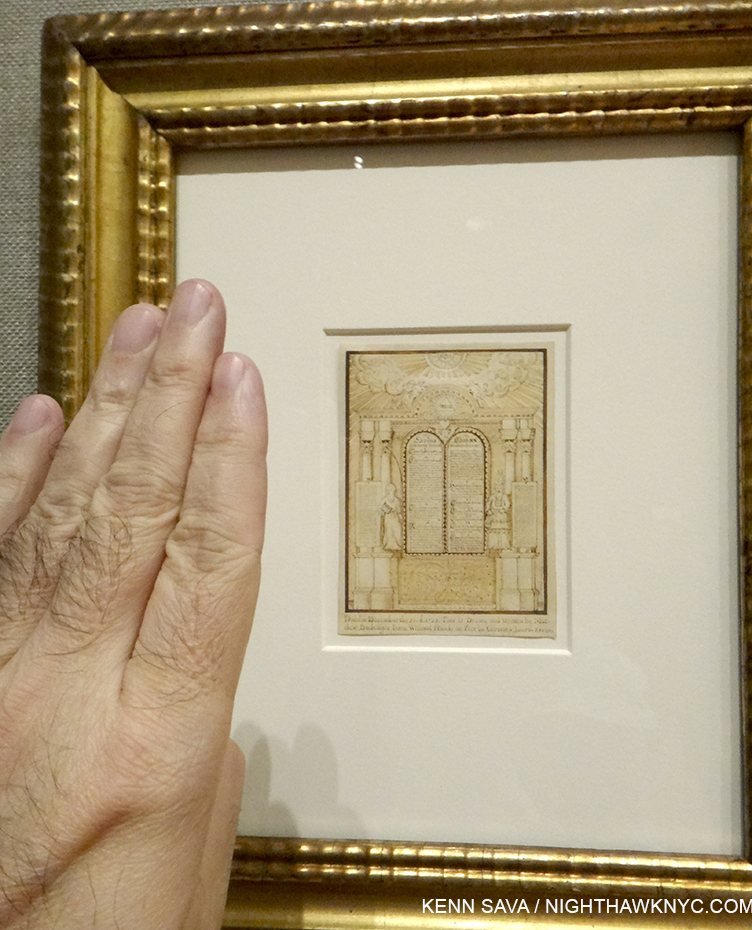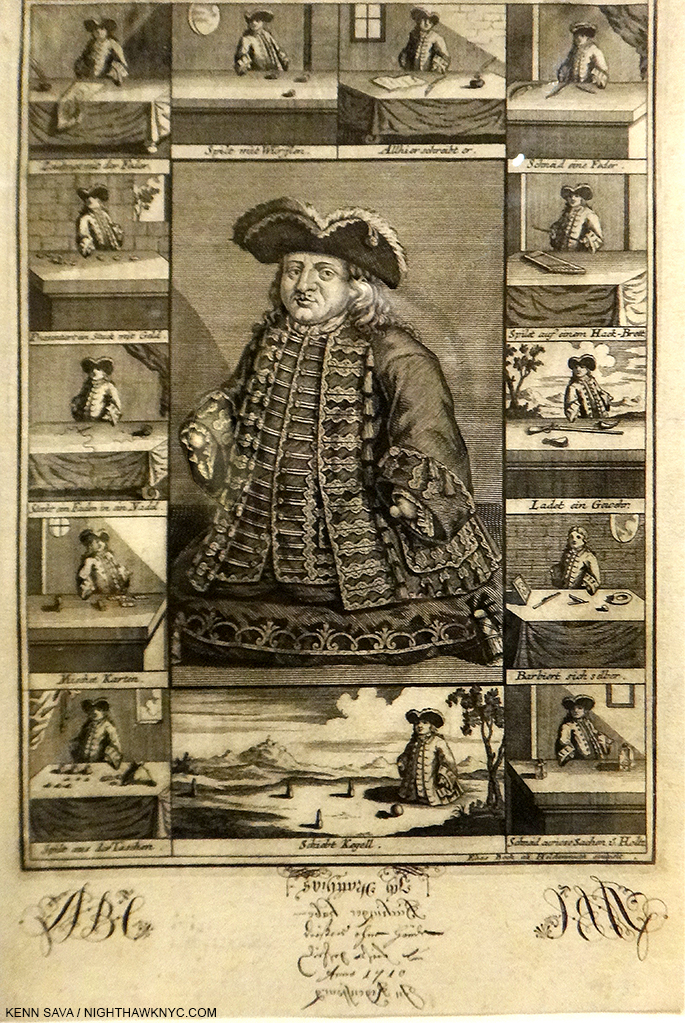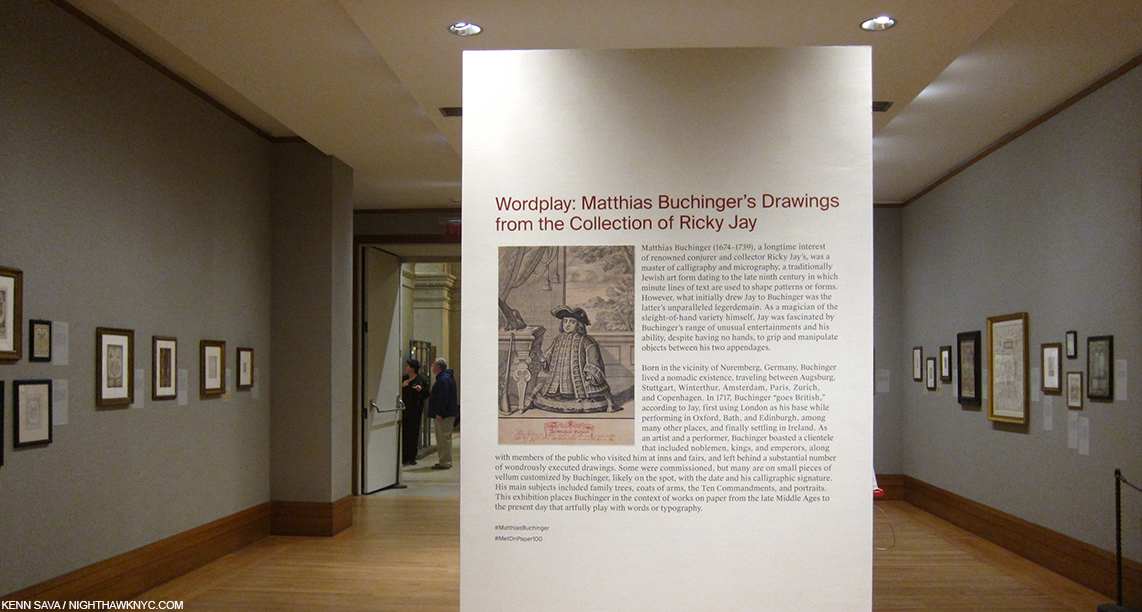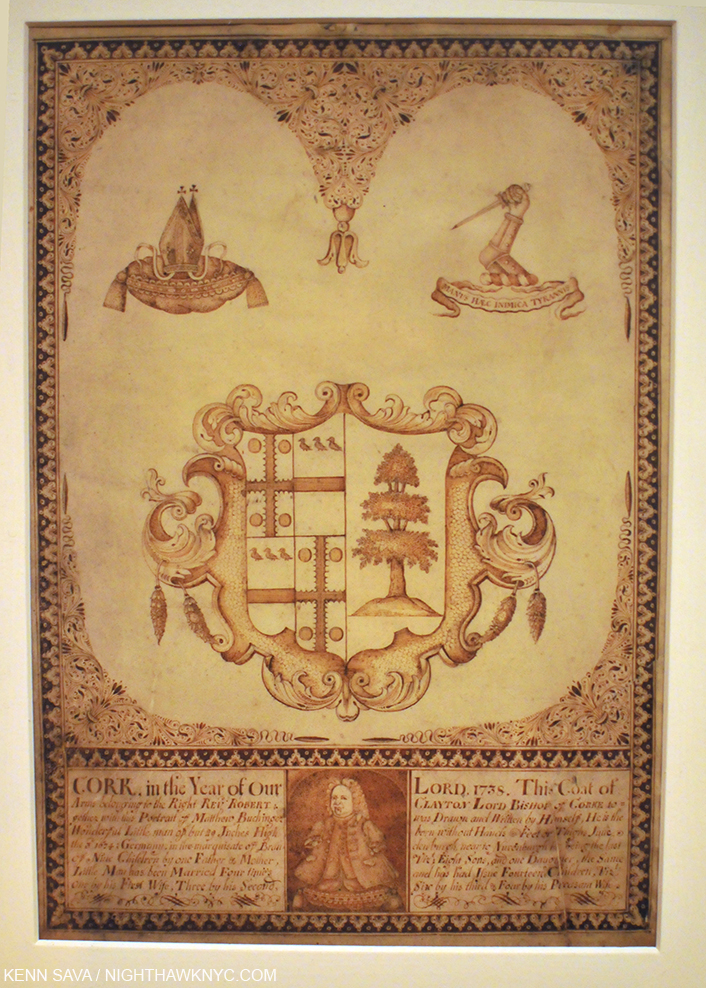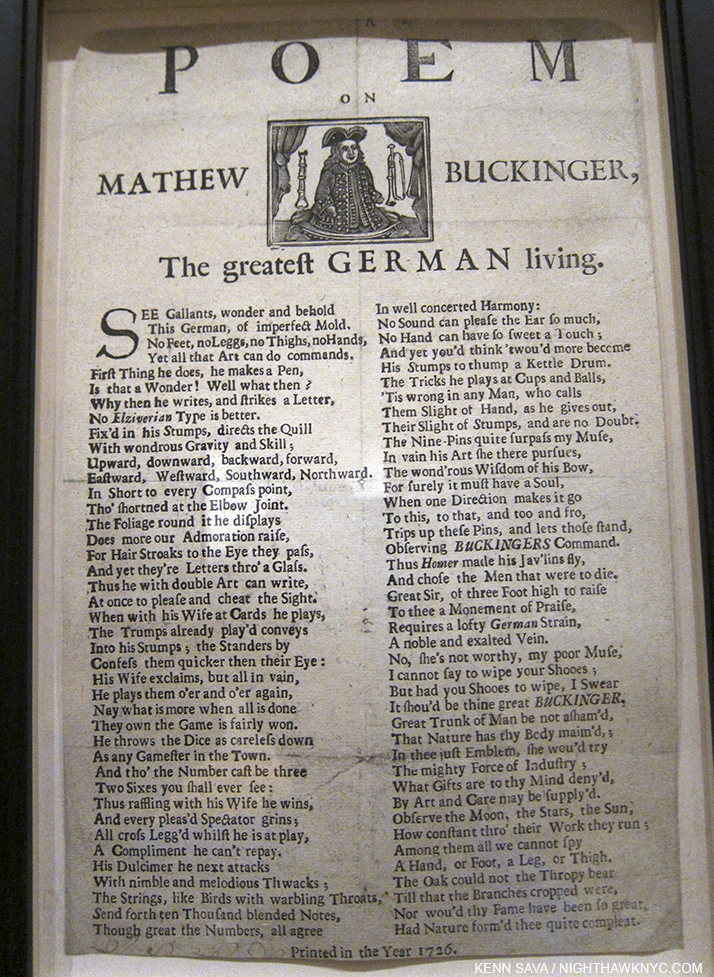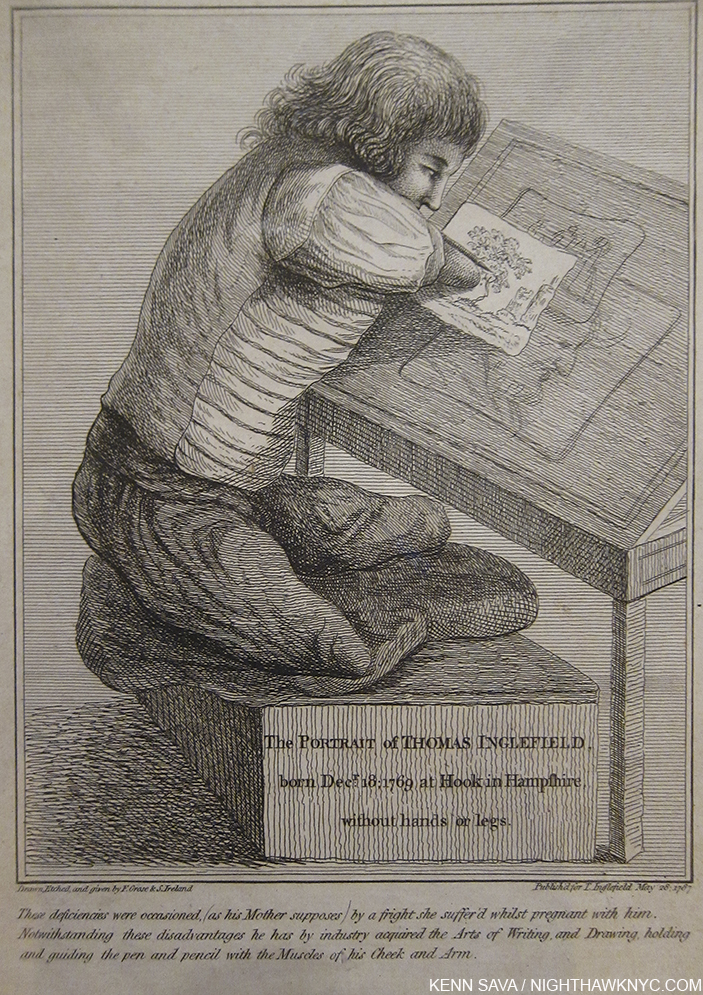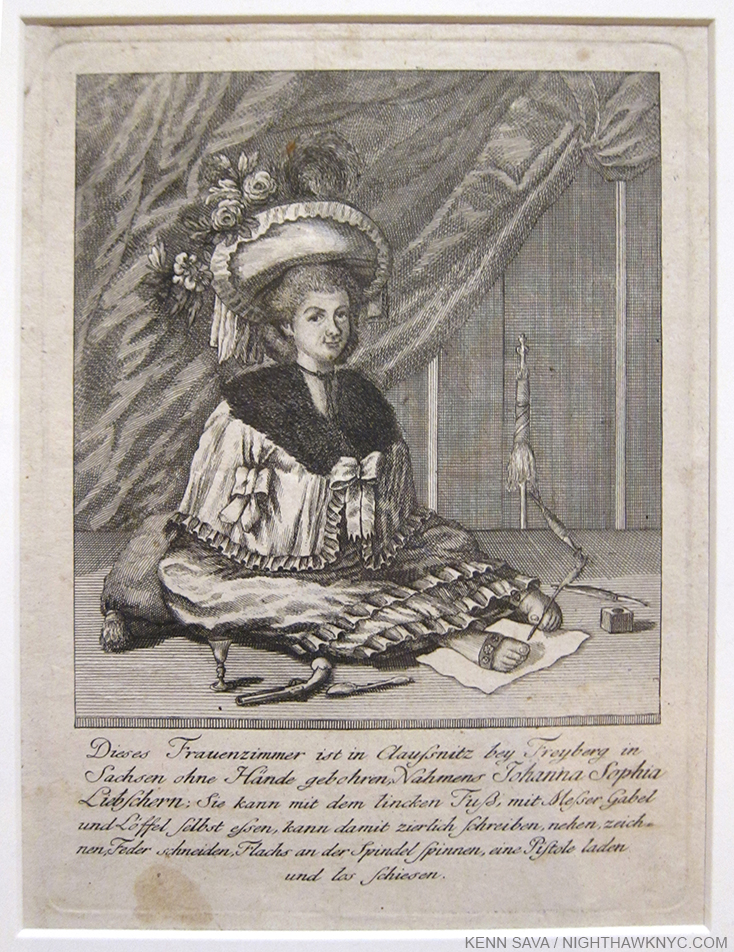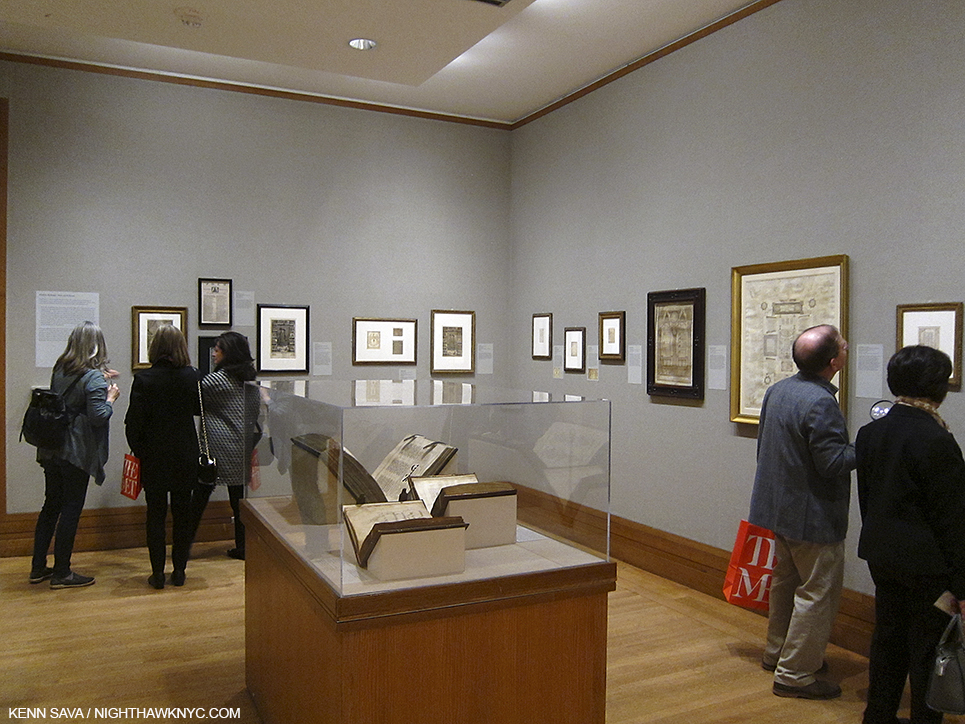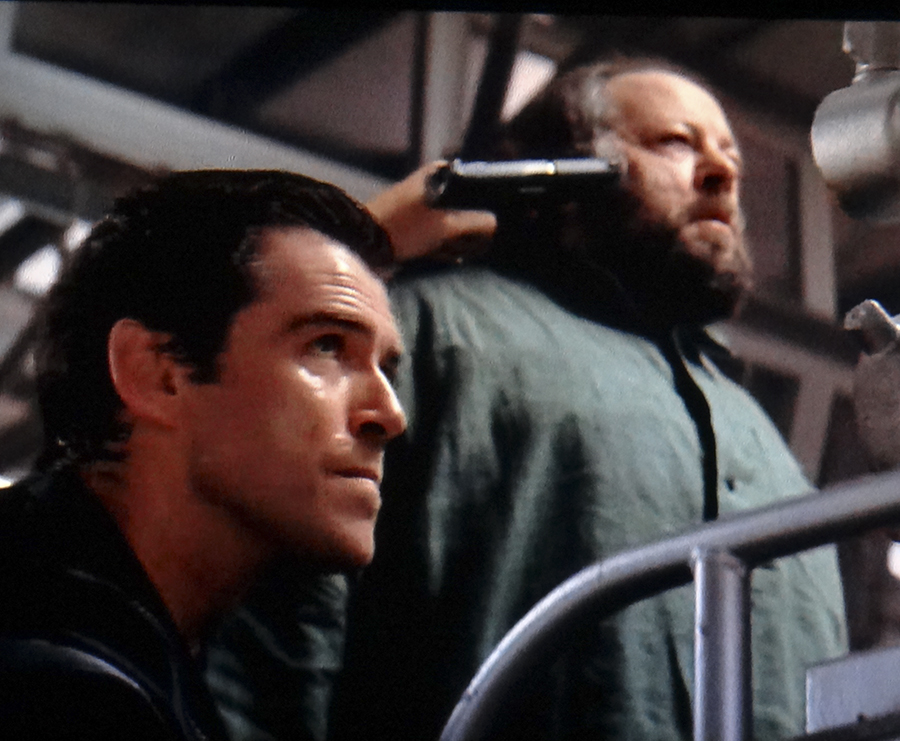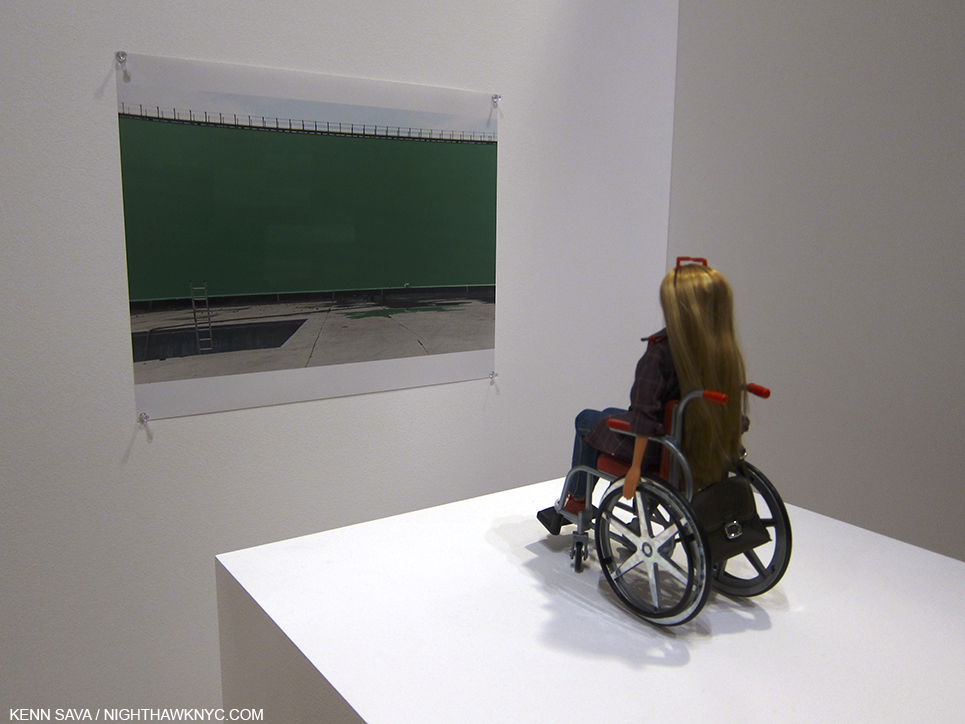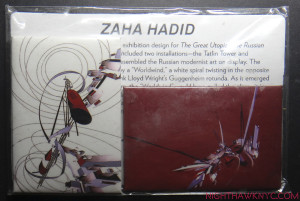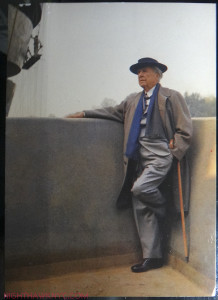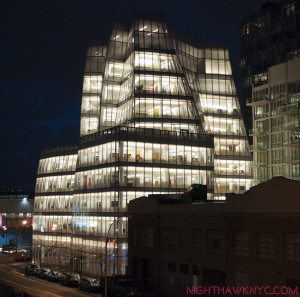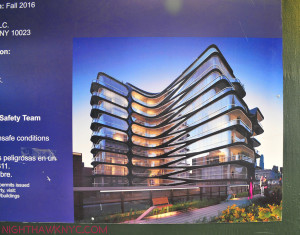Stop the Presses.
If you are an Author, or Publisher, of a book on the History of Art in the 20th Century? I’m sorry to say- you left out a unique, important, and great Artist.
Her name was Nasreen Mohamedi.
It’s ok. Until this past month, I, too, would have asked- “Who?”
She’s an Indian Artist who died in 1990 at the age of 53, without having sold a work, and who has had only 4 shows in New York (3 at the Talwar Gallery, the other at the Drawing Center).
Until now.
It’s rare to spot a moment in time and say, “that was the moment when things changed.” Like a light coming on and what was hidden in the dark is made visible. What’s once seen may be very hard to forget. In the case of the Art of Nasreen Mohamedi that moment for those of us her work had remained unseen by happened on March 18 when when the lights came on and the doors opened on the 2nd floor of the new Met Breuer (TMB) for her Retrospective. It’s the “other” big show going on there (“Unfinished: Thoughts Left Visible” is on the 3rd & 4th Floor), together inaugurating the Met’s new outpost, 9 minutes away as the feet fly from their 1000 Fifth Avenue Mothership. While she is recognized, and her work eagerly sought after in Europe and Asia, (for up to $250,000., a piece), here, she has remained virtually completely unknown1. The “light” came on for me shortly after I walked through the doors to TMB’s 2nd floor on the eve of April 14.
Unbeknownst to me, at that very moment, Prince was giving what would, tragically, turn out to be his final performance in Atlanta.
By the time I was half way through the 8 galleries (containing about 130 works) that evening, I was completely & unalterably under her spell. After, I couldn’t get it out of my mind. I wanted to see more, and nothing else. Who was she? Where did this come from? 7 subsequent visits later, and counting, I am now borderline obsessed (there is a Part Two to this Post, the first time I’ve done it- link at the bottom). If I were about to have a daughter? I’d want to name her “Nasreen.” Such has been the impact of discovering the person, and her Art.
Mark my words. Well, mark one word, actually. “Nasreen.” I see her work only gaining in importance and influence as she becomes a world figure in Art. Her name will become part of the Art vocabulary. Luckily, it’s a beautiful name, of someone, who by all accounts, was an equally beautiful person. And, a name that’s as easy to remember as her Art is. Now, that word will be spread here, like it already is elsewhere, as more people experience it.
Experience what, exactly?
Her’s is very hard Art to write about, or talk about. The effect it has is, also, hard to describe. I’ve decided not to post pictures of it at the moment because it really needs to be seen in person. So, go and see it for yourself, if you can, and have that experience I love of seeing something new for the first time with fresh eyes, and I hope it is as rewarding for you as it has been for me. My feelings about it center on finding it beautiful- miraculously composed & gorgeously executed, spiritual in the sense that her works are meditation objects, not unlike a tree or a scholar’s rock. They reach for the inexpressible, yet somehow, inside, they resonate as being “true.” There’s a feeling to them of a foreign world that is somehow, strangely, not “alien.” Perhaps that is because there is no chaos in Nasreen’s work, only the most perfect order. There are no crooked lines, no jagged edges, no line out of place, in spite of the fact that she suffered from Huntington’s Disease from her 20’s on, which progressively robbed her of her motor skills, and then, took her life, as it had her siblings before her. Is it any wonder, then, that her work, and her efforts to pursue and develop it, are so intensely focused?
In that sense her Art is like Bach, perhaps, the ultimate genius of order and man-made perfection. In the “Fugue” of Nasreen’s work, the theme continues from piece to piece. As in a fugue, this time the dialogue between voices are only with her own. I found myself settling on Bach’s “Sonatas & Partitas for Solo Violin,” as performed by Nathan Milstein, as the Soundtrack to my visits. (I should also note that TM commissioned pianist/composer Vijay Iyer to compose a piece for this show, which ECM Records has released on the album, “A Cosmic Rhythm With Each Stroke,” which is the title of the piece dedicated to Nasreen. It features one of her drawings on the cover.) These are conversations she’s having with herself, as we see in her riveting, endlessly fascinating Diaries- works of Art unto themselves, which are generously stationed throughout the brilliantly designed show, that continue on in her paintings, and then in her photography, and finally in her drawings.
These are intensely private, personal works, but in a completely different sense than the work on view upstairs in “Unfinished.” (This show could have been titled “An Unfinished Life.”) Maybe they were therapeutic, physically and psychically for Nasreen. Maybe they were meant to prove to herself how “in tact” she still was as time, and illness, progressed. In any event, that they have come to speak to people in so many countries around the world, and for her to be given the high honor of not only a large show, that occupies an entire floor, by The Metropolitan Museum, but to be selected to be the FIRST Artist given a show, and a Retrospective at that, as part of their new Modern & Contemporary Art initiative at TMB says louder than just about anything else that she has arrived.
She certainly doesn’t seem to have been expecting “Art immortality.” In fact, she’s hasn’t made it all that easy on posterity, and that makes me wonder about how she viewed her own work. Curators don’t even know which way the works should be hung (only 4 works in the show are signed, one tell tale way of knowing which way to hang a work)…
they don’t know the names of the work (every single piece here has the same title- “Untitled.”)…they can only approximate when a work was created (you’ll see “circa” on all but three pieces that she signed and dated)…there is also some mystery to how she achieved some of the incredible effects she got in her work. She seems to have largely kept her work to herself, showing it to guests, but only publicly a couple of times before she passed. Instead of selling it, she gave some of her work as gifts to friends. What A Gift! 2
Nasreen’s (I Love saying her name) work seems basic. In fact, it’s hard to think of any Art that is more basic in concept than her work from 1970 on. She seems to have spent a good deal of her Artistic career continually simplifying, seeking the essence, the heart, the core of her vision. Whereas many Artists begin by drawing, then move to painting, Nasreen did the opposite. Having begun with painting, and collage, in color, most of her post 1970 work is pen with black ink and graphite on white paper. 3
I bet that 75% of all human beings have, at one point of their lives, put pencil or ink to paper and drawn something.
And? Most of hers is lines. Just lines. Or later, lines with circles or semi-circles- the most basic elements there are.
The rest of it is space (or “negative space” as Artists call it). Blank, white paper.
Been there. Seen it.
Ho hum.
Yawn.
Guess
Again.
Be prepared. Her work is among the most subtle you’ll ever see. “God Is In The Details,” van der Rohe famously said. If God is truly in the details, than Nasreen Mohamedi is the “Goddess of Line,” in my opinion (which I will expound on in the next part). In her hands, the “simple” line approaches the sacred. It transcends. It becomes “more,” “something else.” Look closer. Follow it’s course. Look a lot closer, spend some time with it. Live in the layers, the intersections, the distances- near and further. Come back and see it again.
It’s not going anywhere. I promise.
You’ll see something else.
I’ve spent much of the past few weeks looking for it but I have yet to find anyone who’s done what she did. I see a piece here or there that is kinda close (a Paul Klee, a Mondrian, a Ralston Crawford, a Malevich, and another, and yet another Malevich, an admitted influence, among them), but it’s isolated. Different.
Here is a consistent body of work4 that creates entirely new worlds that all speak the same language.
It’s the language of Zen.
of Poetry.
of Music.
of Structures hanging in space. (Don’t stars hang in space?)
It’s the channeling of superhuman perseverance into creating gorgeous works of visionary draughtsmanship in the face of terminal loss of motor skills, untold discomfort and pain.
it’s the language of essence, of purity, of unique beauty seen through the eyes of one uniquely beautiful person.
It’s the language of Art.
Even Timeless Art.
Whatever that is- I think this is it.
But, you can only see it at the new Met Breuer until June 5, then time’s up.
Given the scattered distribution of Nasreen’s approximately 200 surviving works- (as I said, she never sold a work, she gave some to friends), and the high prices being paid for one of her drawings, it may make it very hard for any museum to acquire a collection of them. In fact, in my past 14 years of Met attendance, I can’t recall one show where there wasn’t a single work that was not from The Met’s collection, before this one! It may, therefore, be unlikely a show of this size & comprehensiveness is seen here for a very long time. And that will make this a show that will be spoken about in legendary terms. You’ve been warned.
A tip of the hat, then, is very much in order to Chairwoman of The Met’s Modern & Contemporary Department, Sheena Wagstaff 5, her associate, Brinda Kumar & the powers that be at The Met for making THE perfect choice to begin their highly anticipated new Modern & Contemporary Art initiative at The Met Breuer. I’m in awe. I can’t begin to imagine how hard a choice this must have been- “Who to show first?” Can you say AUDACIOUS? AUSPICIOUS? I should be used to this, after all it’s The Met we’re talking about, but I’m not. And, oh? By the way? As I’ve said, the show upstairs ain’t bad either.
This is Part One of my Post on Nasreen. Part Two is here. I promise to take a deep breath soon.
*-The Soundtrack for this Post is J.S. Bach’s Sonatas & Partitas for Unaccompanied Violin as performed by Nathan Milstein on Deutsche Grammophon. (I look forward to hearing Vijay Iyer’s “A Cosmic Rhythm With Each Stroke,” with Wadada Leo Smith soon.)
NighthawkNYC.com has been entirely self-funded and ad-free for over 6 years, during which over 250 full length pieces have been published. As I face high expenses to keep it going, if you’ve found it worthwhile, please donate to keep it up & ad-free below. Thank you!
Written & photographed by Kenn Sava for nighthawknyc.com unless otherwise credited.
To send comments, thoughts, feedback or propositions click here.
Click the white box on the upper right for the archives or to search them.
For “short takes” and additional pictures, follow @nighthawk_nyc on Instagram.
Subscribe to be notified of new Posts below. Your information will be used for no other purpose.
- At the moment, there is only one monograph on Nasreen Mohamedi in print- the superb catalog for this show, which was co-organized by the Museo Nacional Centro de Arte Reina Sofia, Spain in collaboration with the Kiran Nadar Museum of Art, New Delhi. ↩
- That night, 746 miles south, Prince was singing- “If I gave you diamonds and pearls, Would you be a happy boy or a girl, If I could I would give you the world, All I can do is just offer you my love” From “Diamonds & Pearls”, from the album of the same name, and published by Universal Music Publishing Group. ↩
- Her photographs were black and white as well. ↩
- I’m referring to the drawings, which are dated here from “circa 1970” until her death in 1990 ↩
- If you look at the app on the iPad pictured above in the show’s reading room, it includes a picture of Nasreen Mohamedi’s unmarked grave, 18 miles south of Mumbai, taken by Ms. Wagstaff. A sign of the level of her personal dedication to this Artist. ↩

